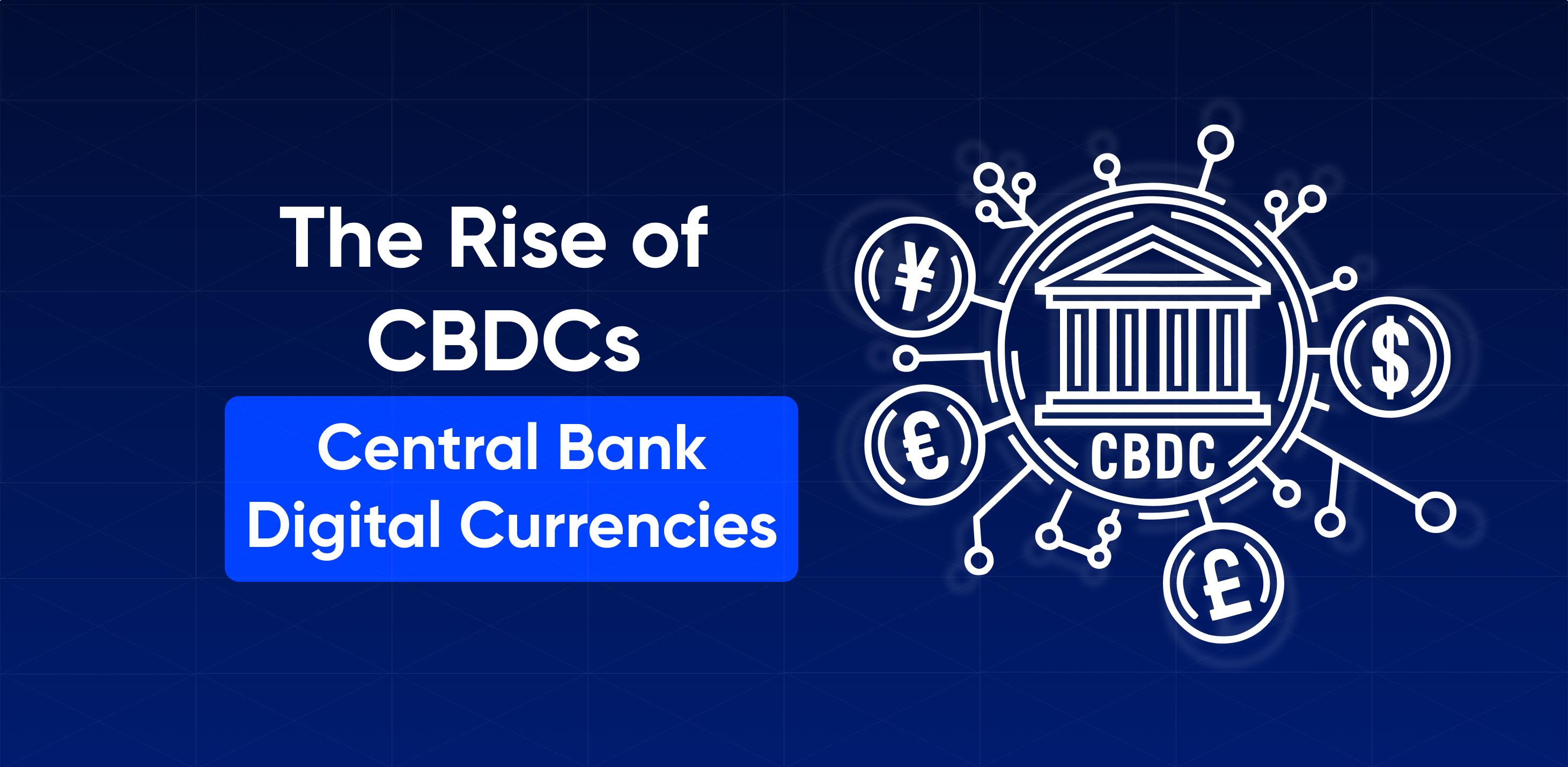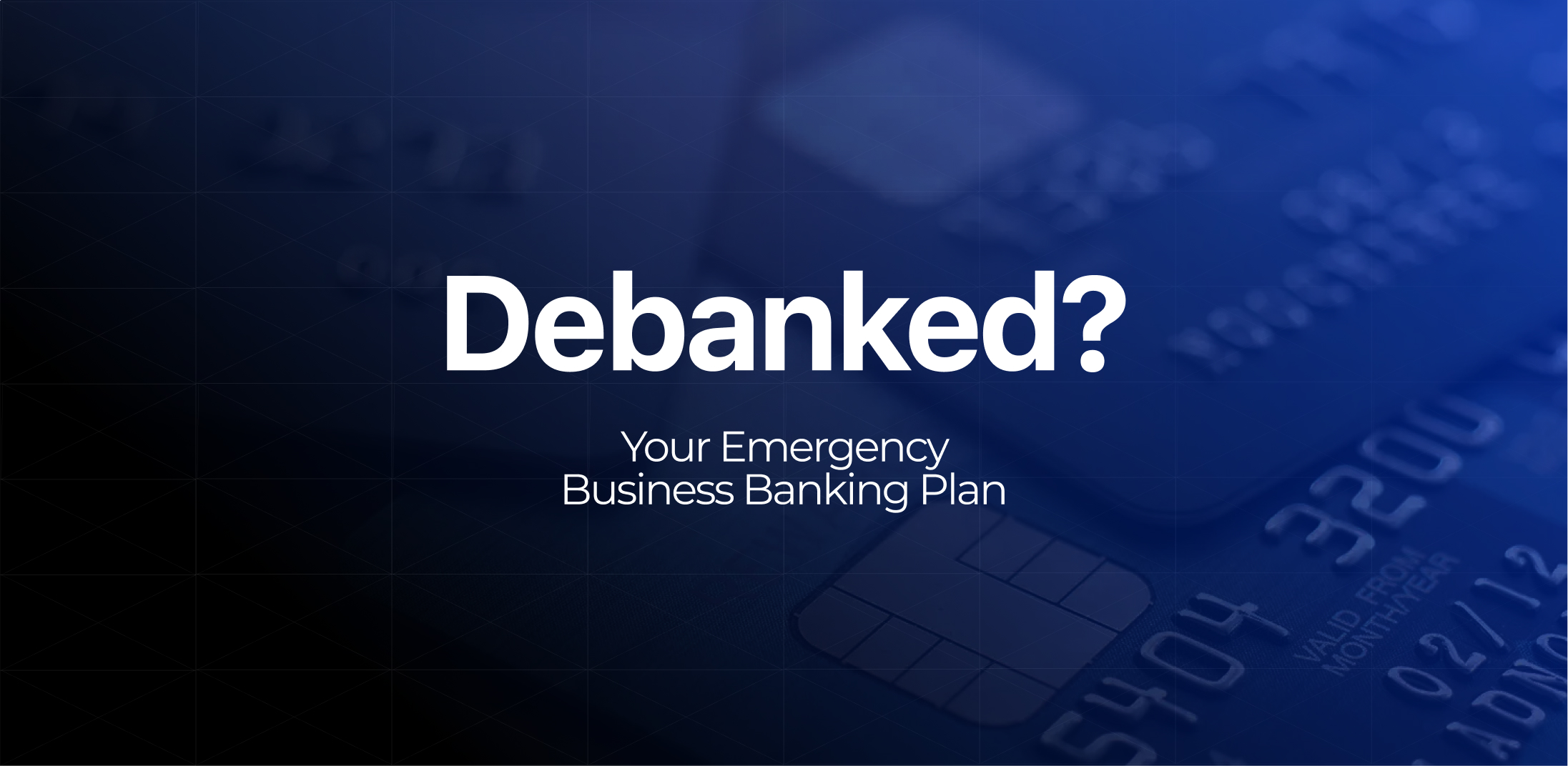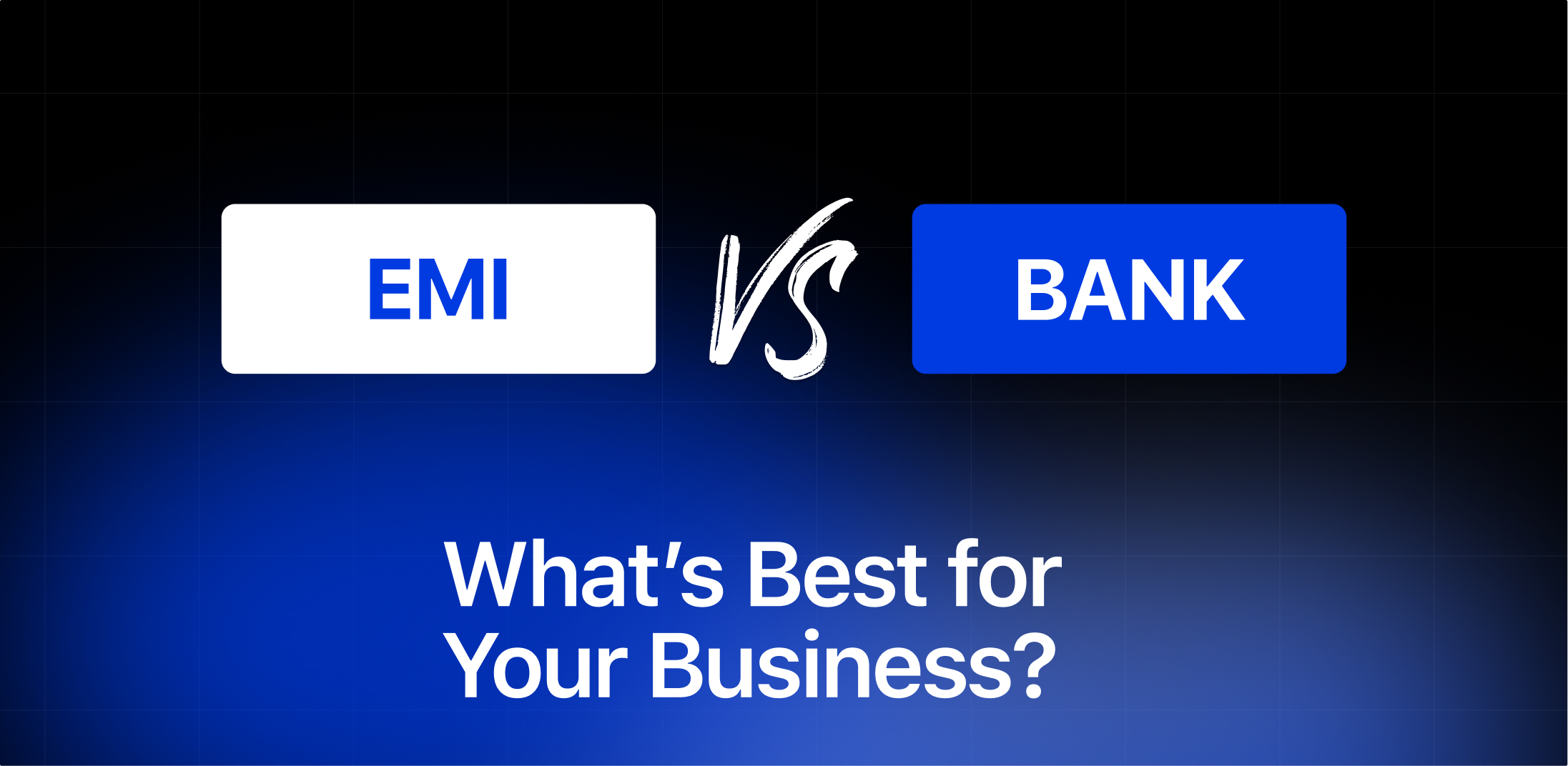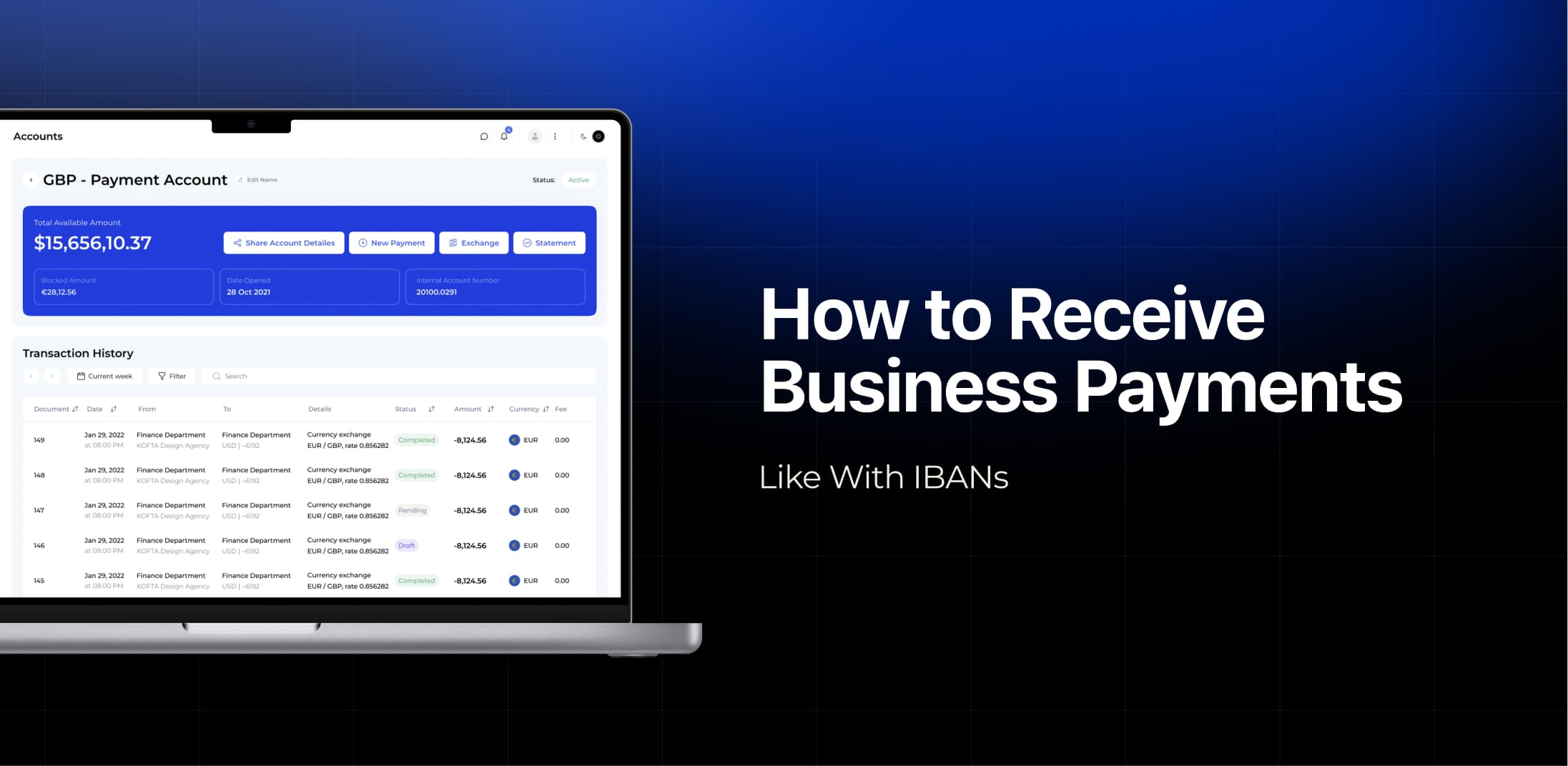Paper currency and coins are on their way to becoming obsolete, thanks to the emergence of a new financial tool: Central Bank Digital Currencies (CBDCs). Governments and regulatory bodies are increasingly focusing on cryptocurrencies, striving to enact new laws for stricter oversight.
Nevertheless, both regulators and governments are aware of the many benefits of virtual funds, so they continue to implement CBDC digital currency projects around the world. Let’s get to the bottom of what is CBDC together. The experts at PaySaxas are here to share their expertise.

Introduction and importance for businesses
The CBDC meaning of the concept has a precise definition today. Central Bank Digital Currency is a fresh rendition of digital currency made accessible by a central bank. It comes in different forms like retail or wholesale, and can be either account-based or token-based. It operates on a digital ledger, often utilizing technologies like blockchain. Essentially, CBDC functions much like traditional fiat currency, serving as legal tender within a state, but in electronic form, stored within an electronic wallet.
The adoption of these technologies is fundamentally altering the landscape of business operations. Transactions conducted with digital currencies can be significantly faster compared to traditional payment systems. CBDCs have the capacity to handle over 50,000 transactions per second, all at stable fees amounting to fractions of a cent.
Central Bank Digital Currency proves to be more cost-effective than credit card services like VISA or Mastercard, while also diminishing errors, fraud, and the need for reconciliations through secure transaction recording. Furthermore, blockchain technology can authenticate and execute transactions even in offline scenarios or in instances where the user’s connection is unreliable.
Unveiling the concept: what is a central bank digital currency?
New concepts in the financial industry, and even around the world, can be scary. People are not always ready for what they hear right away, for abbreviations. But let’s still figure out what CBDC is.
Definition of CBDCs
CBDC digital currency is a type of currency that solely exists in digital form and is directly issued by a nation’s central bank. It stands as the third recognized form of currency, alongside physical cash in the form of paper banknotes and traditional digital currencies, which are liabilities held by commercial banks. Central Bank Digital Currencies, being regulated by the state, are typically viewed as more stable and reliable compared to cryptocurrencies, which are susceptible to significant volatility and the risk of losing trust.
Overview of the technology behind CBDCs
CBDC operates on a secure, transparent blockchain network, and it uses blockchain technology to create an immutable record of all transactions. This means that all transactions are recorded on a decentralized ledger, making it impossible to modify or tamper with the data. This principle applies to CBDC China as well as any other similar project.
The spectrum of CBDCs: types and current uses
We have already been able to clarify the CBDC meaning. That’s already clear. Now let’s understand what are the types of such digital currencies.
Detailed explanation of different types of CBDCs
There is no single universally accepted classification of CBDC digital currency, but PaySaxas experts have identified two main types:
- Retail. Tailored for the general public, this solution offers a secure digital payment method for everyday transactions.
- Wholesale. Designed for financial intermediaries, serving as central bank reserves, yet enhanced with added capabilities through tokenization.
Examples of countries where CBDCs are in use
| The Bahamas | It was one of the first countries to officially launch a CBDC crypto, known as the Sand Dollar, in October 2020. The Sand Dollar aims to promote more inclusive access to regulated payments and other financial services. |
| China | It has been conducting trials of its digital currency, the Digital Currency Electronic Payment (DCEP), also known as the digital yuan or e-CNY, in various cities across the country. It is one of the most advanced and large-scale CBDC projects in the world. |
| Nigeria | They launched the eNaira in October 2021, making it the first African country to launch a CBDC. The eNaira aims to facilitate easier, faster, and more reliable transactions. |
| Eastern Caribbean | The Eastern Caribbean Central Bank (ECCB) has launched DCash, a digital version of the Eastern Caribbean dollar, in a pilot phase across several of its member countries. This initiative aims to improve financial inclusion and transaction efficiency in the region. |
| Sweden | The Riksbank, Sweden’s central bank, has been exploring the e-krona through pilot projects, reflecting the country’s move towards becoming a cashless society. |
The driving force: why are central banks turning towards CBDCs?
CBDC China, along with other governments, has begun to seriously consider the creation of its own digital currencies. The advancement of technology and the convenience of digital funds are key factors driving this interest. Let’s explore these elements in greater detail next.
Overview of the factors leading central banks to consider CBDCs
- Central banks can manage the money supply with greater precision, contributing to economic stability implementing a CBDC digital currency.
- The capability to monitor all transactions facilitates the fight against money laundering and other financial crimes.
- CBDC simplifies tax collection and reduces losses associated with tax evasion.
Brief discussion on the global trend of digitisation in finance
The global trend towards digitization in finance is transforming how individuals, businesses, and governments interact with money, influencing everything from daily transactions to international financial policies. Below are key aspects of this trend:
- Increased Accessibility and Inclusion
Digitization democratizes access to financial services. Mobile banking and digital wallets, for instance, extend services to unbanked or underbanked populations, particularly in remote or rural areas where traditional banking infrastructure is limited or non-existent.
- Enhanced Efficiency and Lower Costs
Digital platforms streamline operations, reduce transaction times, and cut costs. They eliminate many manual processes, making financial services more efficient for both providers and consumers.
- Innovation in Products and Services
The rise of fintech companies has spurred innovation, leading to the creation of new financial products and services.
- Cryptocurrencies and Blockchain
The emergence of cryptocurrencies and blockchain technology has introduced new paradigms in value exchange, asset ownership, and decentralization of finance. While they present opportunities for increased efficiency and security, they also raise questions about regulatory oversight, market stability, and environmental impact.

Advantages in a nutshell: potential benefits of CBDCs
Examination of the advantages CBDCs could bring to businesses
| Financial monitoring | Central bank digital currencies facilitate financial oversight across various levels: incoming payments, outgoing payments, and transactions among essential components within the state, including government officials, businesses, the military, volunteers, or ordinary citizens of the country. |
| Improved cross-border payments | Cross-border CBDC crypto has the potential to diminish dependence on intermediaries, thereby cutting down transaction costs and time. Fifty-four percent of central banks anticipate that CBDCs will substantially decrease the expense of cross-border transactions, with an additional 31% expecting noticeable savings. |
| Combating corruption | These currencies can substantially enhance transparency and anti-money laundering efforts, while also bolstering governments’ campaigns against corruption. |
| Tax control | It can streamline taxation processes, making them simpler, more secure, and more dependable for the government. Key features include real-time taxation, automatic auditing, and seamless integration with both public and private registries. |
Explanation of how CBDCs could revolutionize the financial landscape
Various intersecting trends have piqued central bank interest in CBDCs, underscoring their potential significance in the changing financial terrain.
- The decline in cash transactions is notable. In recent years, there has been a noticeable move away from traditional cash transactions. In countries like Norway, cash transactions have become increasingly rare, making up only 3 percent of total payments. This significant shift is compelling central banks to reassess and redefine their role in the contemporary monetary system.
- The diminishing perception of central banks as pioneers in payment systems is evident. Their once-leading role in payment innovation has waned over time. Central bank digital currencies present a fresh opportunity for them to spearhead crucial discussions on the significance and utility of cash in today’s digital era, fostering transparency and engaging public involvement.
- With the rise of globalized payment systems, central banks are increasingly cognizant of the challenges and opportunities they pose. In response, they are endeavoring to assert more localized control over these expansive systems. They view CBDC crypto as a potential anchoring tool capable of fostering stability within local digital payment infrastructure.
The other side of the coin: concerns around CBDCs
While CBDC crypto can offer convenience and payment system upgrades, they also carry certain risks and threats for ordinary users.
Analysis of potential risks and challenges associated with CBDCs
- Cyber threats and single points of failure pose significant risks. Implementing a Central Bank Digital Currency will necessitate centralization, thereby exacerbating existing cyber vulnerabilities and expanding the range of potential attacks to encompass central banks.
- Privacy and consumer protection are paramount concerns. A Central Bank Digital Currency, particularly if issued at the retail level or by a less than benevolent government, could pose a potentially alarming intrusion into consumer privacy and protection.
- Fiat currency implies a degree of freedom, whereas digital currency completely eradicates it. Additionally, governments will gain direct access to users’ wallets, making it effortless to collect taxes or fines by merely altering a few lines of code.
- Disparities in access to information could lead to an expanding gap, with wealthier demographics enjoying superior access to information and education regarding CBDC.

Case study: China’s CBDC experimen
CBDC China
The People’s Bank of China was among the pioneers in researching and developing a national digital currency, starting as early as 2014. In contrast to numerous other countries, where the application of the digital currency is still under study or in experimental phases, the country has already implemented the CBDC China digital yuan in several provinces. Beijing’s strategy aims to showcase to the world its capability of leading various sectors of the global economy, including the digital economy.
A detailed look at how China is implementing and using CBDCs
- Pilot programs: China has conducted extensive pilot programs of the digital yuan in various cities and provinces since 2020. These pilot programs involve distributing digital yuan to citizens and businesses for everyday transactions, such as shopping and paying bills.
- Digital payment infrastructure: The digital yuan operates on a centralized infrastructure controlled by the People’s Bank of China (PBOC). It utilizes a two-tiered system where the PBOC issues digital currency to commercial banks, which then distribute it to the public.
- Interoperability: China is working towards ensuring interoperability of the digital yuan with existing payment platforms and financial institutions. This integration allows users to seamlessly transfer funds between their digital yuan wallets and traditional bank accounts or third-party payment apps.
- Cross-border use: China is exploring the potential for cross-border use of the digital yuan, aiming to facilitate international trade and reduce reliance on the U.S. dollar in global transactions. Pilot programs involving cross-border payments have been conducted with neighboring countries.
- Regulatory framework: China has implemented a regulatory framework to govern the issuance, circulation, and use of the digital yuan. This framework aims to address concerns related to financial stability, data privacy, and anti-money laundering.
- Geopolitical implications: The development and widespread adoption of the digital yuan have significant geopolitical implications, potentially challenging the dominance of the U.S. dollar in global finance. China’s efforts to promote the digital yuan align with its broader strategic goals of expanding its influence in the global economy.
Conclusion
CBDC digital currency represents a potential milestone in the evolution of currency. It has the capability to enhance the safety and transparency of the existing payment infrastructure, and perhaps even increase its speed. However, the additional benefits that companies or end consumers might enjoy from the introduction of CBDCs appear to be quite limited.
The experts at PaySaxas team were able to explain the CBDC meaning based on their expertise. Central bank digital currencies are fiat currencies that exist in digital form and are issued by central banks. Considering the incentives that the public sector stands to gain from implementing CBDCs, it seems plausible that their adoption will soon occur in Europe.
If leading countries find success with CBDCs, it’s likely that other countries, even those nominally democratic, will follow suit. In a world where CBDCs reign supreme as the preferred method of settlement, including for cross-border transactions, financial systems will likely become significantly more transparent.








